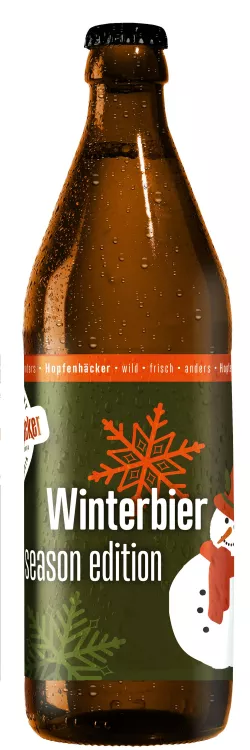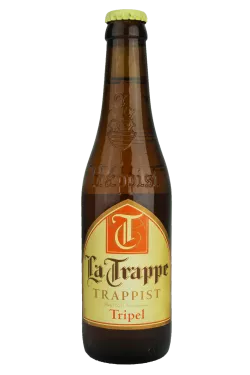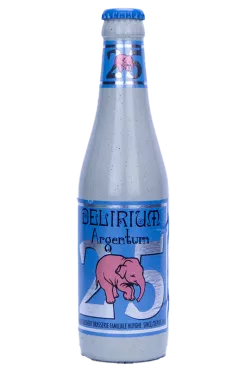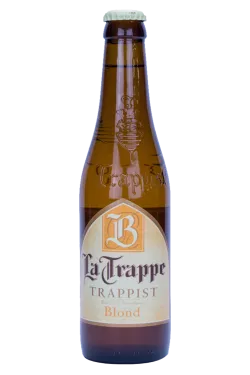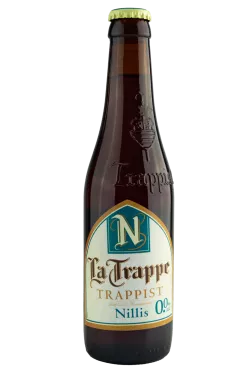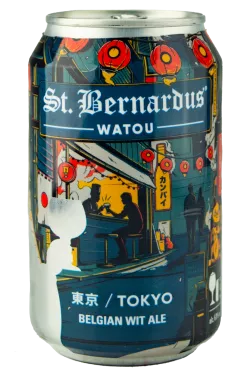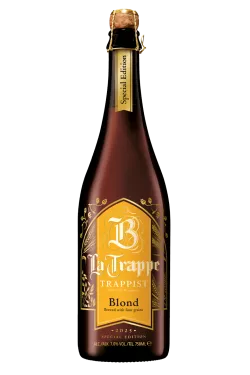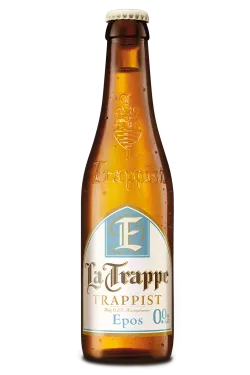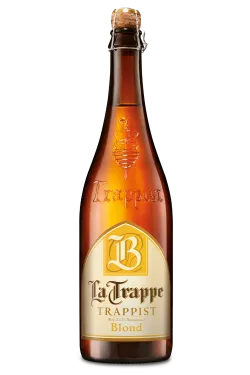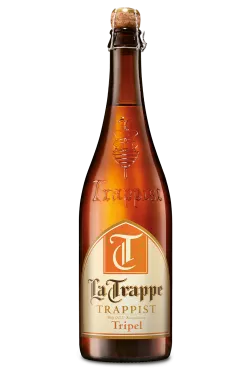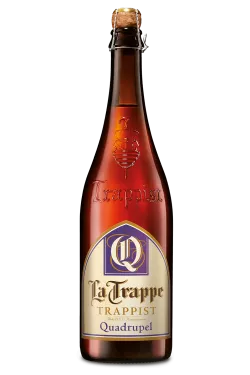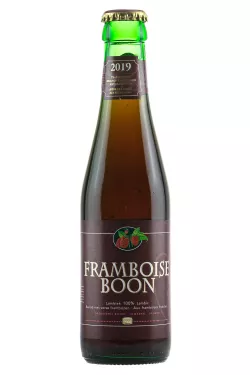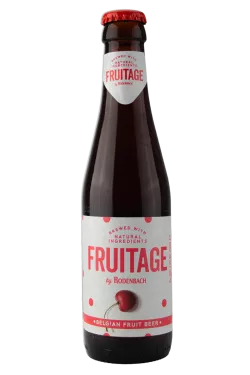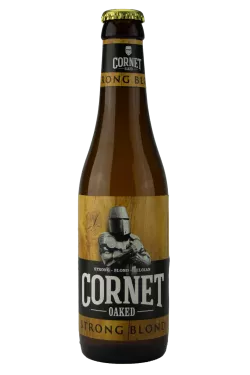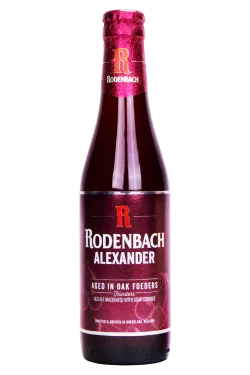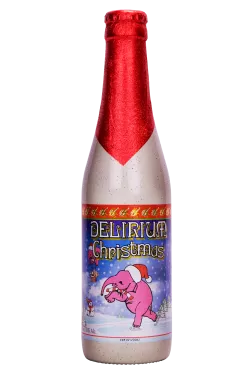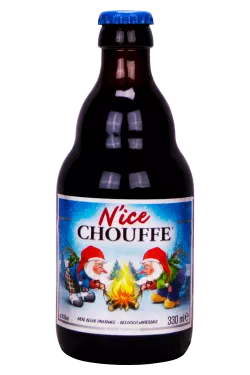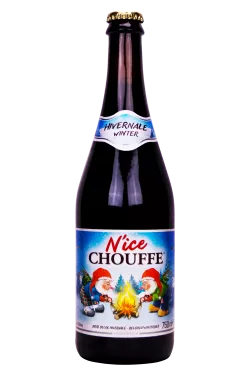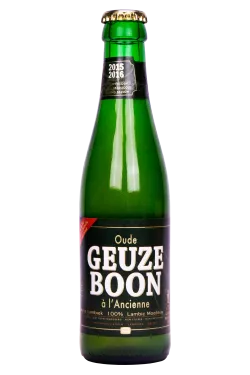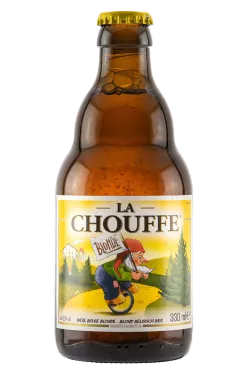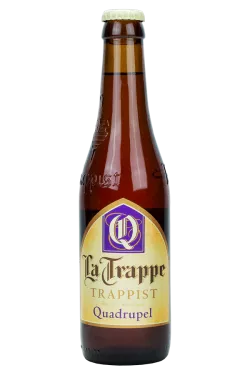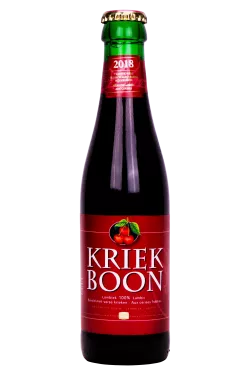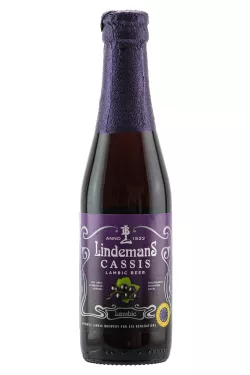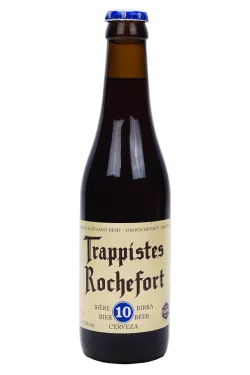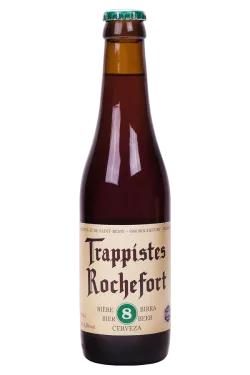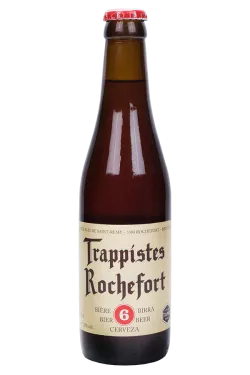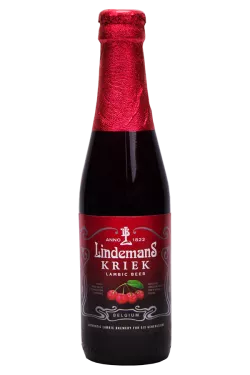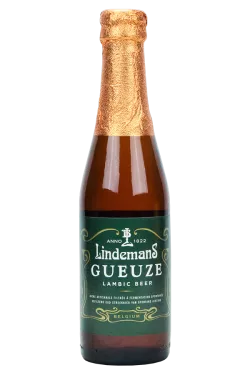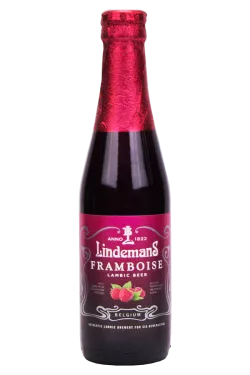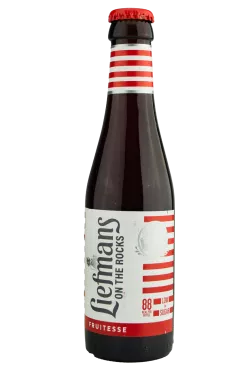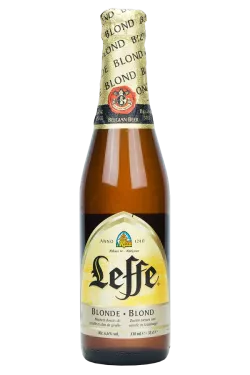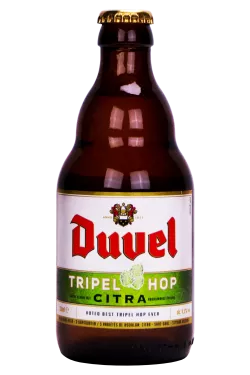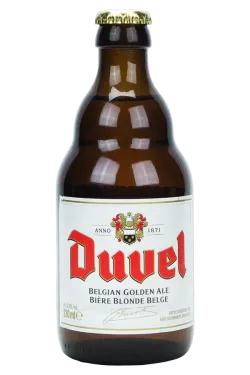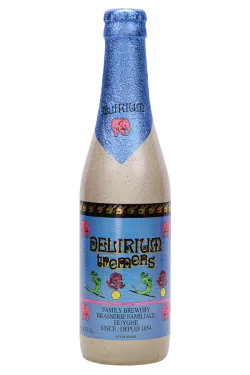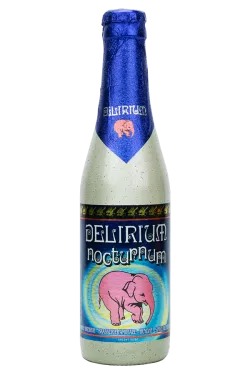belgian ales
Belgian beer styles are more popular than ever. However, you can't talk about THE beer style "Belgian beer" because there are a large number of different beer styles from Belgium.
rnThe term “Belgian beers” includes the following beer styles: Kriek (Lindemans - Kriek) , Lambic, Gueuze (Lindemans - Gueze) , Dubbel, Trippel, Quadrupel (La Trappe - Quadruppel) , etc.
rnBelgian beer culture is characterized by the contrast between experimentation and tradition. There is often experimentation with fruits, barrel aging and special types of fermentation.
rnA lambic, for example, is a beer style in which fermentation occurs during the brewing process through spontaneous fermentation (wild yeast strains, lactic acid bacteria, etc. in the air). This creates a slightly sour beer taste. Brussels is probably the best known and most important region for this.
rnKrieks are beers that are characterized by the use of fruits in the brewing process.
rnA Gueze is also a Belgian beer style in which the experimental urge is clearly evident. The “méthode champenoise” (blending method) is used here, in which older and younger lambic beers are mixed together.
rnNevertheless, the long tradition of Belgian beers should not be forgotten. For several centuries, monks in Trappist monasteries have been brewing their famous Trappist beer. Only beers that comply with strict guidelines are allowed to carry the quality logo "Authentic Trappiste Product". Currently, there are only 12 Trappist breweries that are officially allowed to call their beer Trappist beer. These include the breweries Chimay , La Trappe Trappiste , Brasserie Rochefort , Westmalle, Westvleteren and Orval.
rnIn general, Belgian beers are characterized by their high alcohol content. Since a previous law prohibited the sale of spirits, beers with a high alcohol content were brewed to circumvent the law and replace spirits.
rnSince 2016, Belgian beer has even been a UNESCO World Heritage Site .

